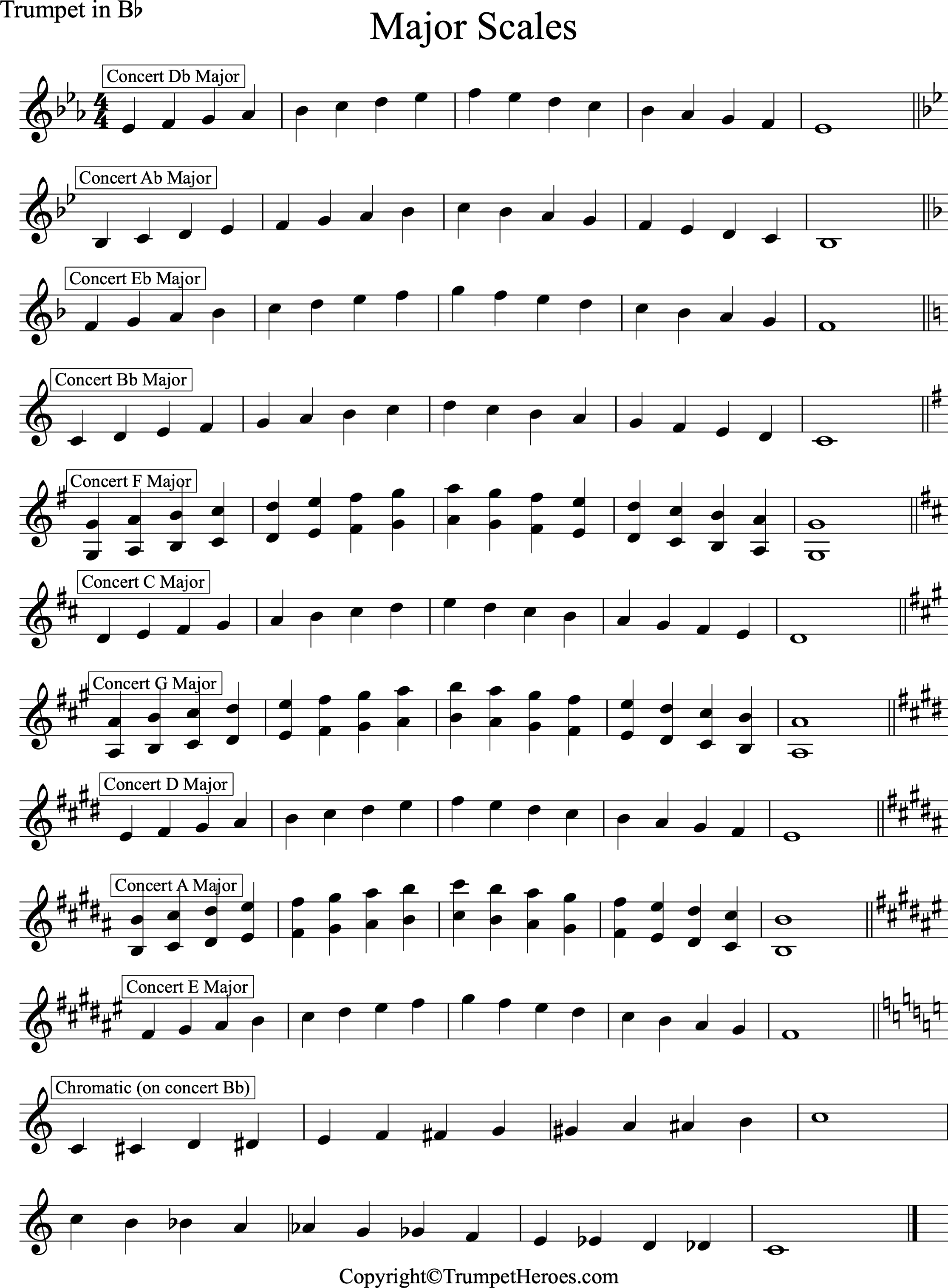
increase the intensity of your breath (the clarinet is similar, but it overblows at the octave-plus-fifth).

To continue on to the note one octave above the lowest note, you must “overblow” – i.e. These allow you to change notes from the lowest one (all holes closed) up seven notes of the diatonic scale to one note before the next octave (the seventh scale degree, or “ti”). A woodwind instrument is a simple tube, with holes for changing notes, like this penny whistle:Ĭounting the hole at the open bottom of the instrument, you can see seven holes. What IS a “transposing instrument”, and why is such a confusing thing allowed to continue?įor the most part, the transposing instruments are the woodwinds and brass, and it has to do with the physics of how they are constructed (for most stringed instruments like the violin or harp, we do not need to worry about this issue). Instrument transposition is probably one of the most confusing topics in music, so let’s begin with a little background. This article explores the reasons behind these options, and shows how to use them in your scores. While using Noteflight, perhaps you have wondered: “why can’t I make the key signature different in my clarinet part?” Or perhaps you clicked “Add Part” or “Change Instrument” in the Staff menu, and you wondered about the popup window that appears, with its three options: Instrument key, Instrument octave, and Score octave.

Behind the Notation: Instrument Transposition Robin McClellan | November 30, 2017


 0 kommentar(er)
0 kommentar(er)
